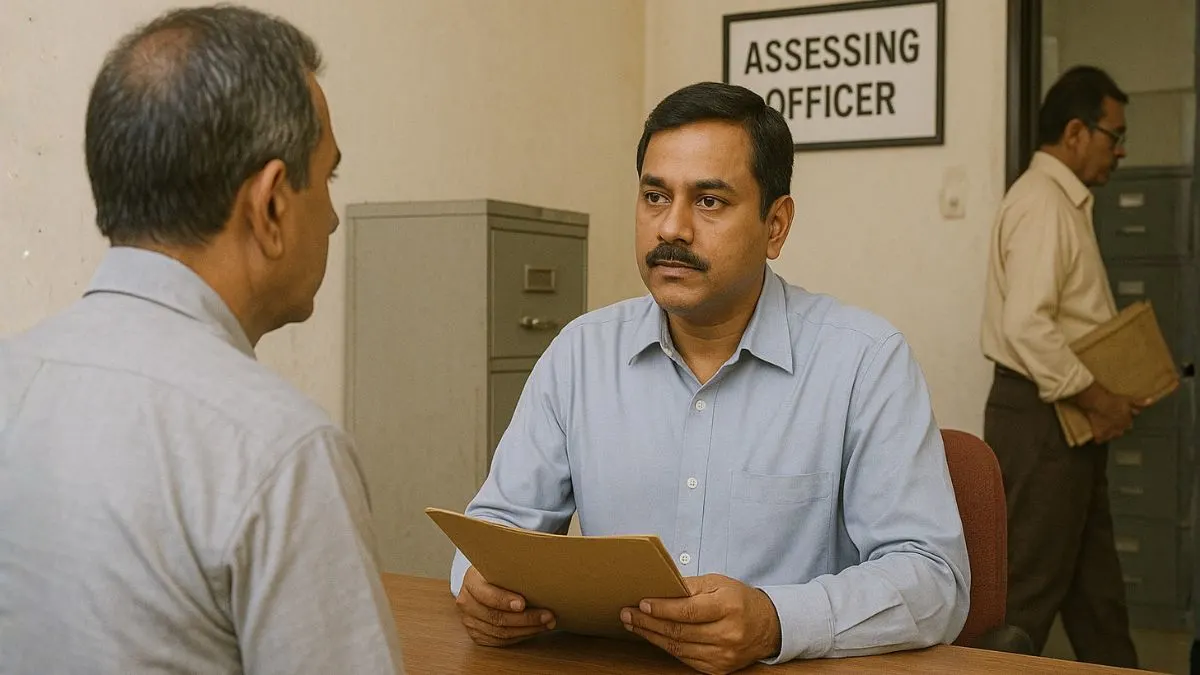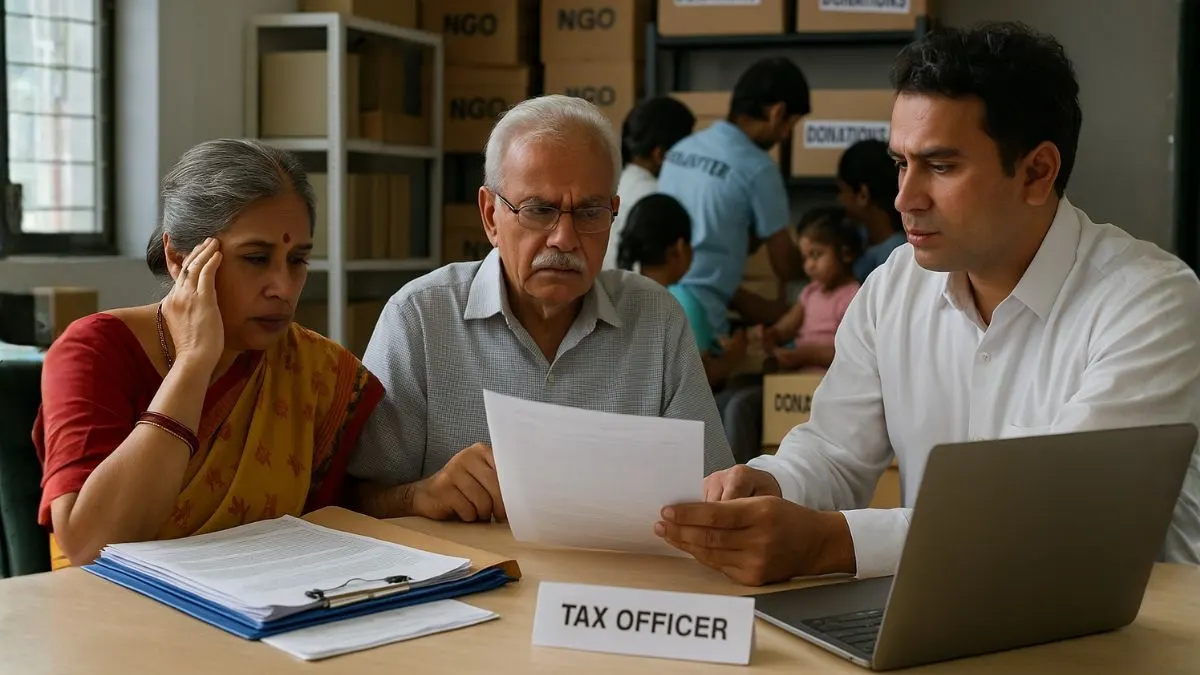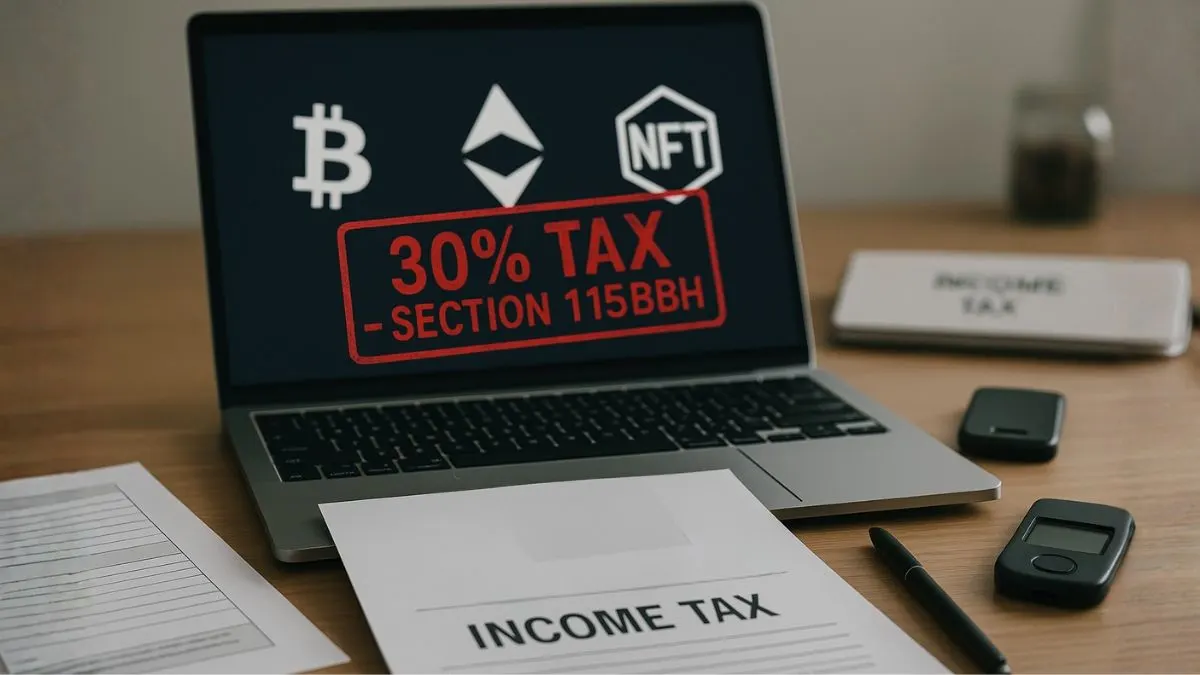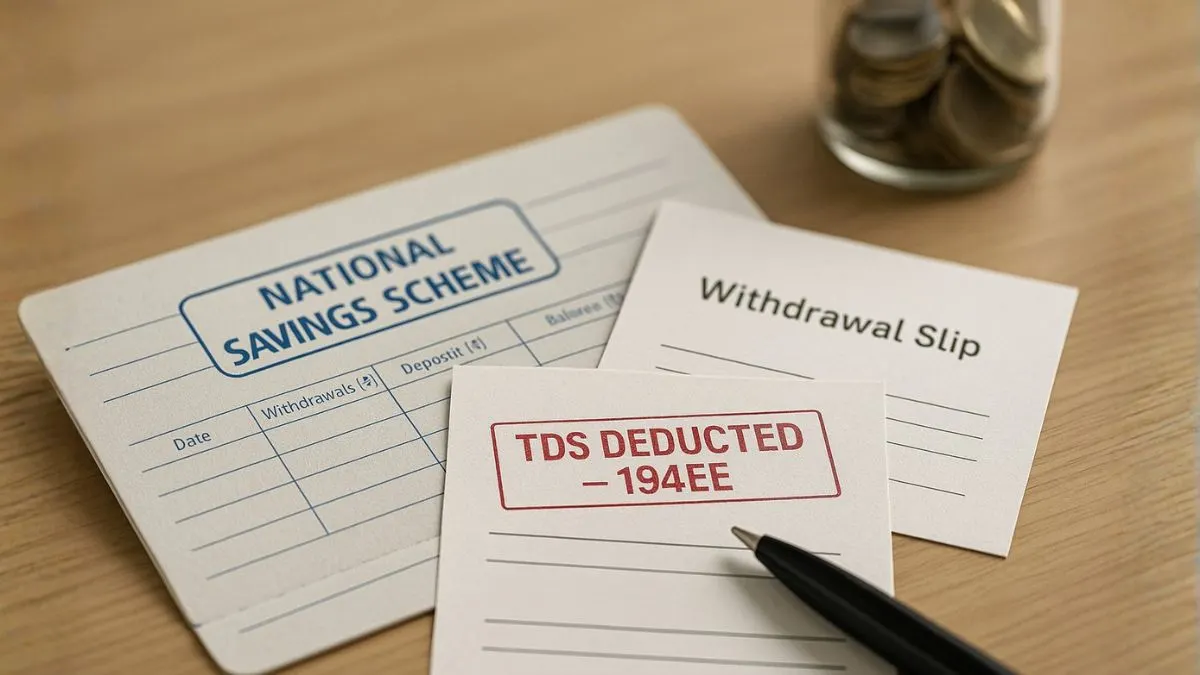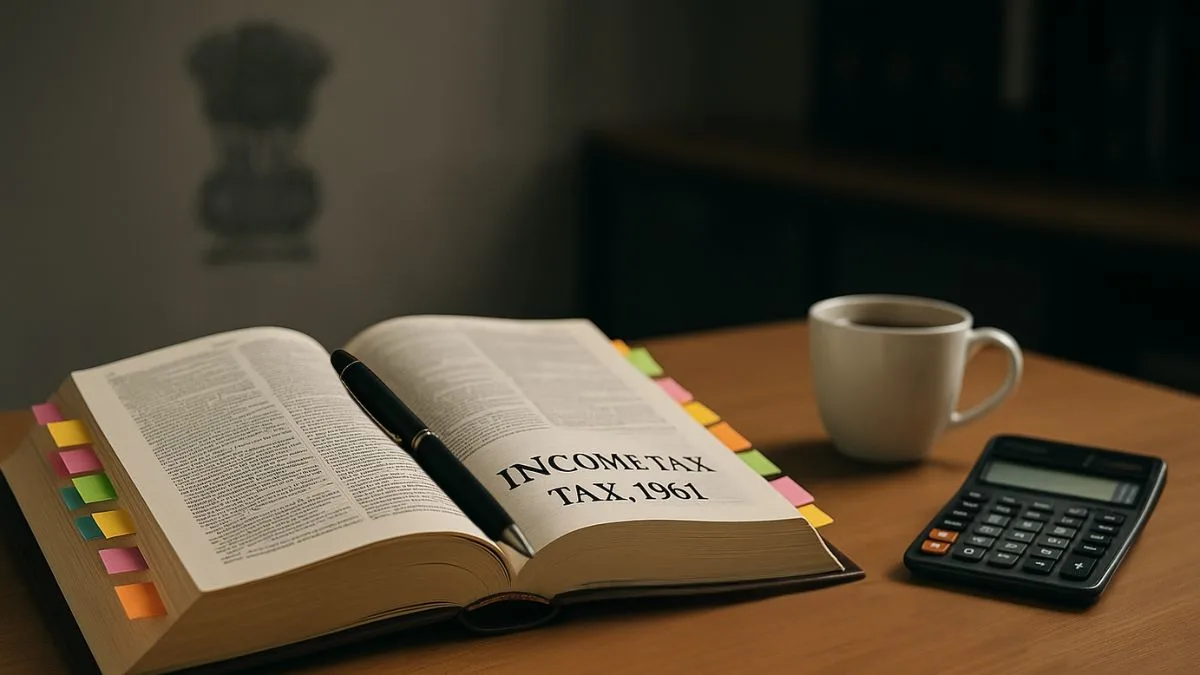
Education in India isn’t just a service — it’s a mission. Thousands of small schools, colleges, and charitable trusts across the country work tirelessly to make learning affordable. To help such institutions continue their social role, the government built special exemptions into the tax law.
One of the most practical among them is Section 10(23C)(iiiad). It quietly removes a major financial burden from small educational & medical organizations by exempting their income from tax. In short, it tells these institutions: “If you teach, heal, and don’t chase profits — we won’t tax you.”
What the Section Actually Says
This clause states that any income of a university or other educational institution, existing solely for educational purposes & not for profit, will be exempt from income tax if its annual receipts do not exceed ₹ 5 crore (as per the 2023 rules).
It’s important to note that the exemption is automatic — no prior approval is required. The government essentially places faith in small institutions, trusting that their primary goal is education rather than commercial gain.
Key Conditions for Eligibility
To qualify under this section, an institution needs to meet three core tests:
a. Educational Purpose Only
The entity must exist solely to educate. Running side businesses, coaching centres, or commercial ventures will disqualify it. Education should remain the heartbeat of the organisation.
b. Not for Profit
A small surplus is fine, but it must circle back into the school — for better classrooms, teachers, or facilities. Distributing profits or personal benefits to trustees is a red flag.
c. Receipts Limit
The combined annual income — including fees, donations, & grants — must stay within ₹ 5 crore. Crossing this limit moves the entity into the Section 10(23C)(vi) category, which requires prior approval from the tax authorities.
Why This Matters to Education
For a non-profit school in a small town, paying income tax could mean cutting scholarships or delaying teacher salaries. Section 10(23C)(iiiad) prevents that. It keeps their limited income entirely available for educational use.
The broader aim is social — to keep education inclusive. By removing the tax burden, the government empowers smaller organisations to reach remote villages, build libraries, and offer medical relief where it’s most needed.
Also Read: Tax Exemption for Educational and Medical Institutions
An Everyday Example
Take Shiksha Jyoti Trust, a non-profit that runs a modest school in Gujarat. During FY 2024-25, it earned ₹ 3.4 crore through fees & small donations. Every rupee was used for staff salaries, books, and midday meals.
Because the trust exists solely for education & its receipts are below ₹ 5 crore, its income is fully exempt under Section 10(23C)(iiiad). No income-tax payable, no lengthy paperwork — just more resources for its students."
Now imagine if the same trust earned ₹ 5.2 crore. It would then need approval under Section 10(23C)(vi) to keep enjoying exemption.
Types of Income Covered
The section contemplates and excludes any income received by qualifying institutions, provided it arises from educational or medical activity. Common examples include:
- Student tuition fees
- Donations & grants earmarked for education
- Interest earned on deposits from such income
- Government aid or voluntary contributions
- Income from small educational events like exhibitions or fairs
As long as the money flows back into the institution’s purpose, it remains tax-free.
Difference Between Section 10(23C)(iiiad) and 10(23C)(vi)
Many schools confuse these two, so here’s a simple comparison:
|
Particulars |
Section 10(23C)(iiiad) |
Section 10(23C)(vi) |
|
Approval Needed |
Not required |
Mandatory |
|
Receipts Limit |
Up to ₹ 5 crore |
Above ₹ 5 crore |
|
Nature |
Automatic exemption |
Subject to departmental scrutiny |
|
Focus |
Smaller institutions |
Larger universities or hospitals |
So if your school or clinic operates within ₹ 5 crore receipts, this clause already has your back.
Judicial View and Interpretation
Courts have often reiterated that “education” here means systematic instruction or training — not profit-driven coaching centres.
In Pinegrove International Charitable Trust v. Union of India (2010), the Punjab & Haryana High Court clarified that even if an institution earns a surplus, it won’t lose exemption as long as that surplus is reinvested in education.
Simply put, intent matters more than income.
If the heart of the organisation beats for learning, the law stands beside it.
Also Read: The Mandatory Return Filing Rule for Institutions You Can’t Ignore
Common Mistakes That Cost the Exemption
Many trusts unintentionally trip over compliance. Here are mistakes worth avoiding:
- Mixing charitable & commercial funds in one account.
- Paying excessive remuneration to trustees or relatives.
- Using premises for rentals or unrelated business.
- Failing to maintain audited books of account.
- Exceeding ₹ 5 crore without registration under 10(23C)(vi).
The easiest fix? Treat your accounts like your school diary — clear, honest, & up-to-date.
Claiming the Exemption in Practice
Here’s the practical part most small institutions ask about. To claim exemption under this section:
- File ITR-7 (for charitable entities).
- Maintain proof of all receipts & expenses.
- Disclose the exemption under Section 10(23C)(iiiad) while filing.
- Ensure surpluses are reinvested in educational improvements.
That’s it. No elaborate approval letters or complicated submissions.
How It Shapes the Sector
Beyond tax savings, Section 10(23C)(iiiad) has quietly shaped India’s social infrastructure.
By protecting thousands of non-profit schools & hospitals from taxation, it fuels employment, literacy, and healthcare in regions the private sector rarely reaches.
For instance, charitable schools in smaller towns often rely on local donors & low-fee structures. Without this exemption, most would struggle to survive. This section gives them breathing space to focus on what truly matters — teaching and healing.
When the Exemption Does Not Apply
While generous, the law isn’t blind. Exemption won’t hold if:
- The institution diverts funds to unrelated ventures.
- Surpluses are distributed to individuals."
- Returns are not filed on time.
- The entity primarily runs coaching classes or skill programs for profit.
- Accounts are not transparent or audited.
If any of these situations arise, the income becomes taxable like that of any regular business.
Also Read: Tax Treatment of Charitable Trusts & Institutions
Editorial Perspective: Why This Clause Still Matters
Even decades after its introduction, Section 10(23C)(iiiad) remains relevant. India’s education landscape is wide & unequal. While metro cities host private universities, rural belts depend on small charitable schools and NGOs.
Without such a provision, many would be forced to shut their doors. The exemption acknowledges that education isn’t just an economic activity — it’s a social responsibility.
Every time a small trust opens a new classroom with the money saved on tax, the law’s purpose is fulfilled.
Final Thoughts
Section 10(23C)(iiiad) is more than a tax exemption — it’s a bridge between policy and purpose.
It provides an exemption from income tax for educational & medical institutions working solely for education & not for profit, ensuring that limited funds go where they matter most.
If you run a school, hospital, or trust, understanding this section can save you time, money, and stress — and help you stay compliant with confidence.
At CallMyCA.com, our team of chartered accountants and tax experts help educational & charitable institutions claim legal exemptions, file ITR-7, and maintain flawless compliance records.
💡 Let your trust focus on spreading knowledge — we’ll handle the numbers.



